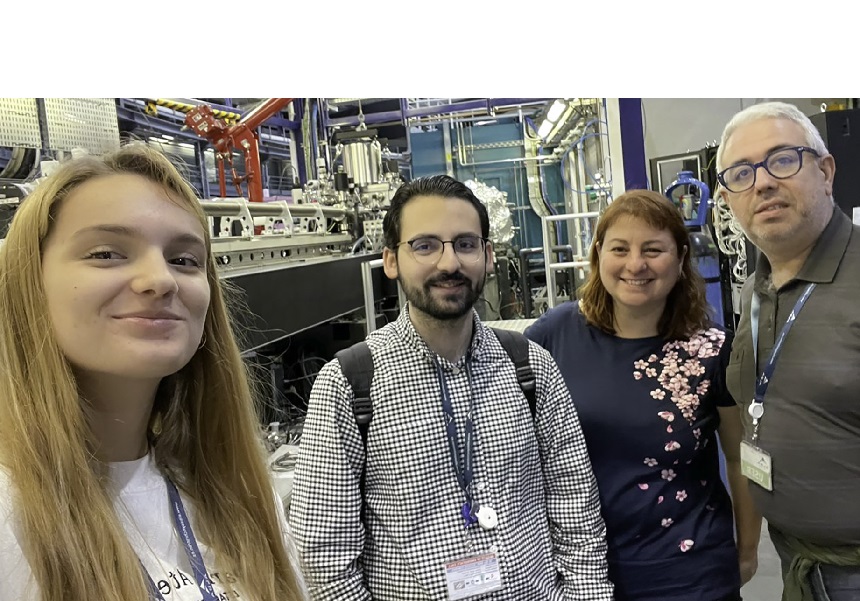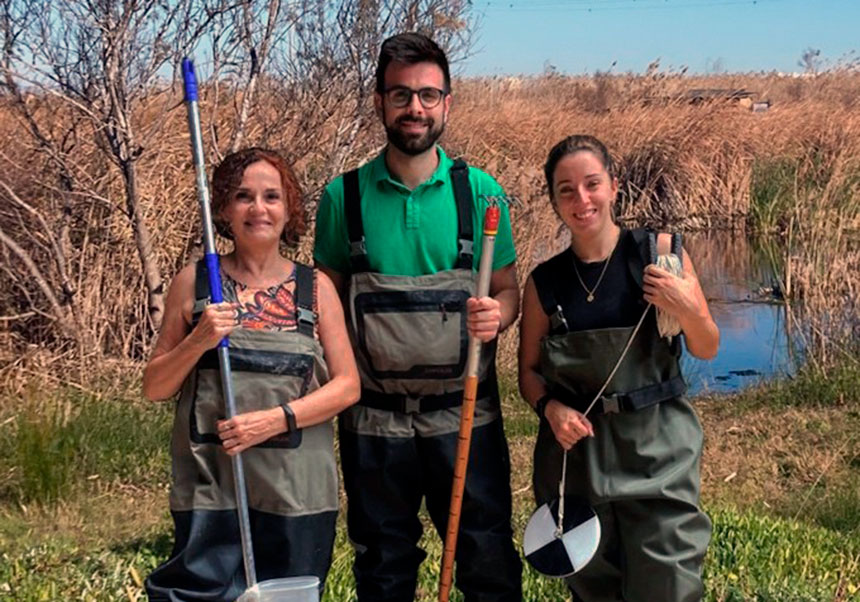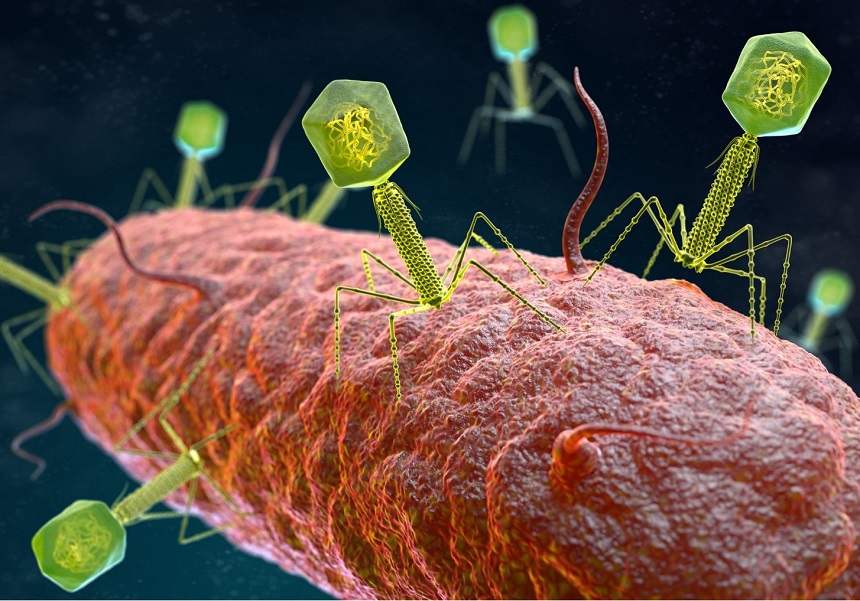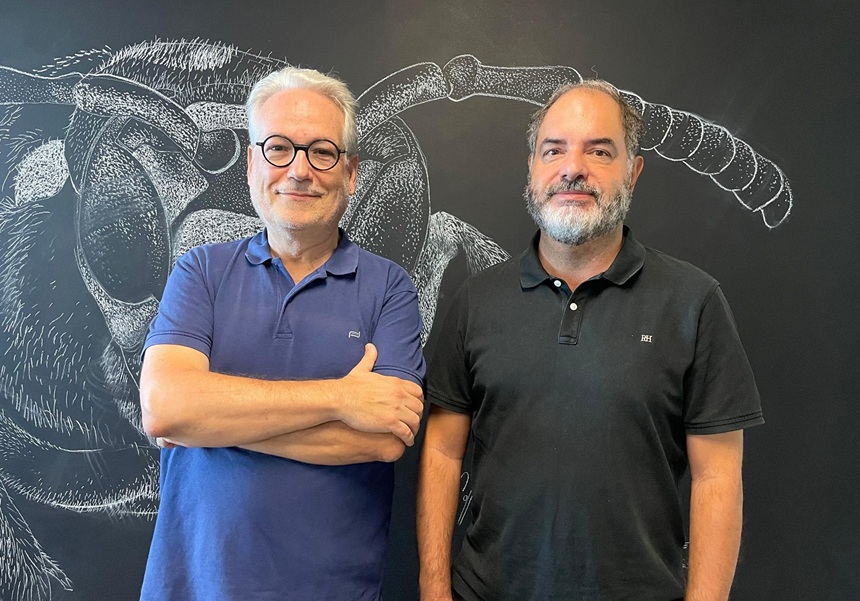Pioneering study developed for the validation of an invertebrate model of Friedreich’s ataxia
- Scientific Culture and Innovation Unit
- February 25th, 2025

A study conducted by the INCLIVA Health Research Institute (Clinical University Hospital of Valencia), with the participation of the University of Valencia (UV), has led to significant findings on Friedreich’s ataxia, a rare hereditary disease. The research utilised the fruit fly (Drosophila melanogaster) as an invertebrate model.
This condition causes an increasing movement incoordination due to mitochondrial dysfunction—mitochondria being the energy factories of human cells. The first symptoms typically appear during early adolescence and progressively worsen with age. At present, there is no cure for the disease and the only approved treatment is extremely costly while offering only moderate benefits.
The study found that fruit fly models with reduced frataxin accumulate iron in neurons and that this iron concentrates in those mitochondria that exhibit structural defects. Additionally, structural abnormalities were observed beyond the mitochondria, particularly in the endoplasmic reticulum—another vital cellular organelle that provides many elements for the proper functioning of the mitochondrion. Researchers believe that these observations position the fruit fly as a robust preclinical model for the disease, on par with more sophisticated models such as mice.
The research was led by Juan Antonio Navarro, a researcher of the Department of Physiology at the UV and of the Research Group in Cellular and Organic Pathophysiology of Oxidative Stress at INCLIVA. He is also a member of the CIBERER group led by Federico Pallardó (UV). The team also included María Dolores Moltó, professor of Genetics at the UV, the PhD student Alexandre Llorens from the INCLIVA research group, and the master's degree student Sara Pla.
The ALBA Synchrotron is part of the network of Singular Scientific and Technical Infrastructures (ICTS), which brings together large-scale facilities, resources, equipment and services, unique in their kind, dedicated to cutting-edge research and technological development of the highest quality. It is a complex of electron accelerators that generate synchrotron light across a broad spectrum of photon energies, including both soft and hard X-rays.
The study for validating the invertebrate model is the result of the analysis of nano-tomographies, high-resolution images obtained through the combination of electron microscopy and soft X-ray imaging at both room temperature and -200°C.
The INCLIVA project received €100,000 in funding from the ALBA Synchrotron, in Cerdanyola del Vallès (Barcelona), to have access to the Mistral beamline facilities, use its state-of-the-art instrumentsand conduct subsequent on-site analyses.
Categories: Investigació a la UV , Facultat de Medicina i Odontologia , Internacionalització recerca , Grups de recerca , Difusió i comunicació científica , Recerca, innovació i transferència
















